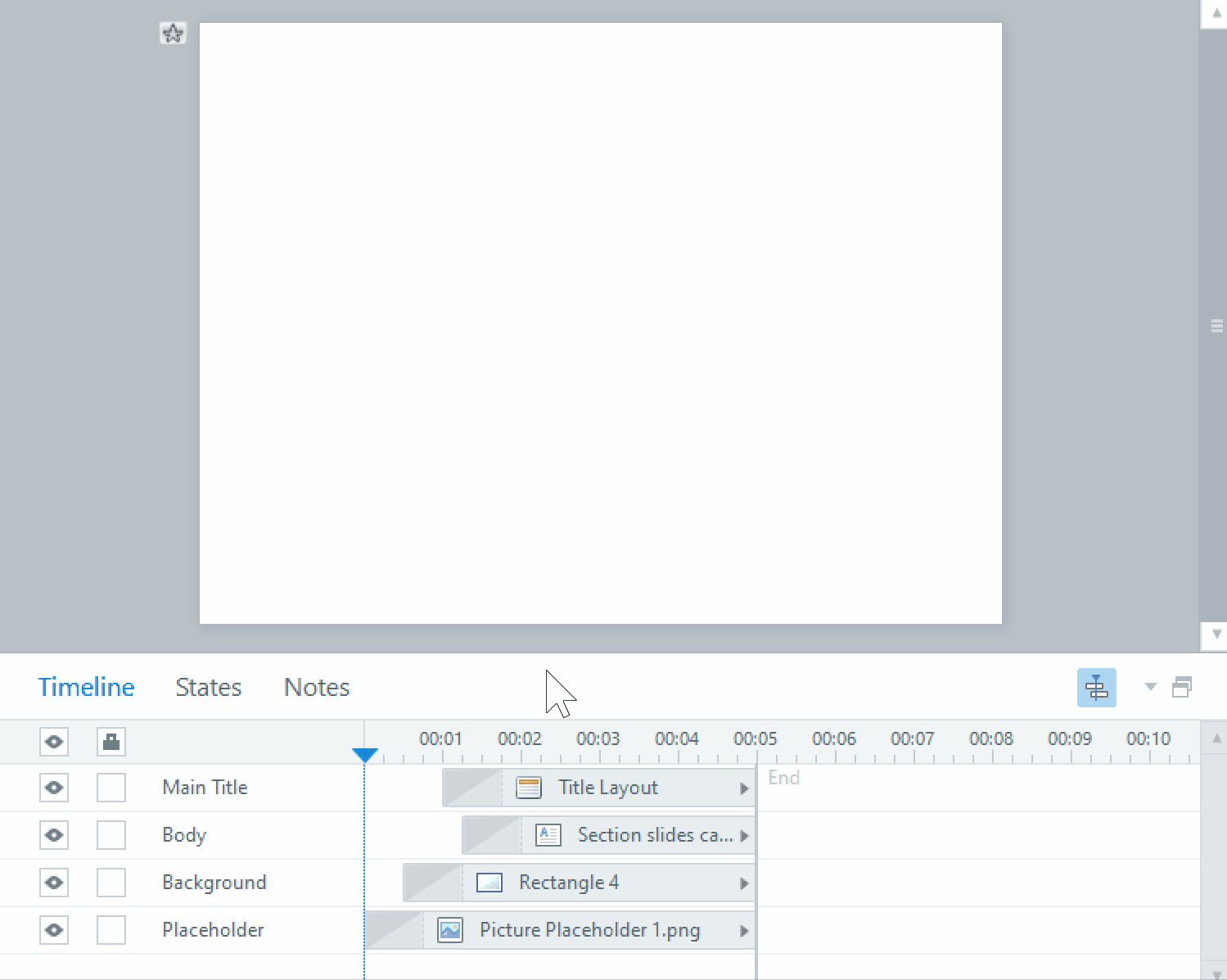AODA compliance for your eLearning module
Have you ever had the opportunity to develop an eLearning module that has to be 100% AODA compliant? If not, you may be wondering what is AODA and how does it apply to eLearning modules?
AODA or Accessibility for Ontarians with Disabilities Act, is an act developed with the purpose of implementing and enforcing accessibility standards to achieve accessibility for Ontarians with disabilities with respect to several different fields and industries, with training and eLearning modules among those.
In general terms, these accessibility standards apply to web-based products and services, however, eLearning being a web-based product, eLearning modules must adhere to these standards.
But, how do you know if your eLearning module has to be AODA compliant? First you need to answer these questions about your organization or the organization that will offer the eLearning module:
Is the organization public?
Is the organization private but with more than 50 employees?
If any of your answers to these questions was Yes, then your eLearning module needs to be AODA compliant. To do so, you need to keep in mind the following:
Your eLearning needs to adhere to the WCAG 2.0 accessibility standards for web products.
There are three different levels of compliance in WCAG 2.0: A, AA and AAA. According to the act, by January 1st, 2025, all web-based products need to achieve level AA.
Follow these principles to make sure your eLearning is AODA compliant:
Your eLearning must be Perceivable:
Provide text alternatives for non-text content.
Provide captions and other alternatives for multimedia.
Create content that can be presented in different ways, including by assistive technologies, without losing meaning.
Make it easier for users to see and hear content.
Your eLearning must be Operable:
Make all functionality available from a keyboard.
Give users enough time to read and use content.
Do not use content that causes seizures or physical reactions.
Help users navigate and find content.
Make it easier to use inputs other than keyboard.
Your eLearning must be Understandable:
Make text readable and understandable.
Make content appear and operate in predictable ways.
Help users avoid and correct mistakes.
Your eLearning must be Robust:
Maximize compatibility with current and future user tools.
Remember that for the principles described above, you need to adhere to the specifications of level A and level AA.
#torontoelearningcompany #customelearningandtraining #elearningvendortoronto #customelearning #trainingcompanytoronto #torontoelearning #elearning #toronto #elearningcompany #elearningvendor #torontoelearningvendor #AODA #WCAG
















